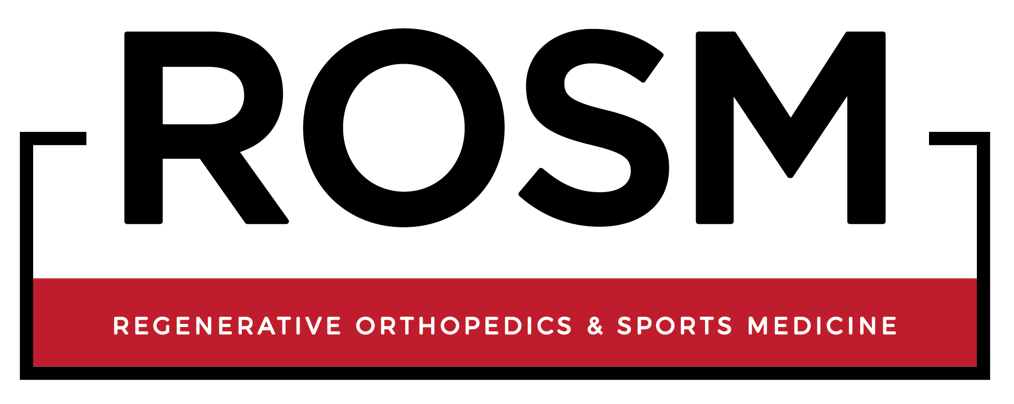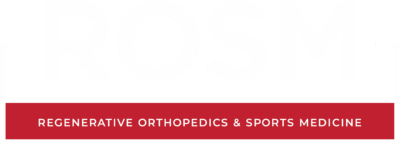By Dr. John L. Ferrell III, M.D.(*)
If you’ve been considering Platelet-Rich Plasma (PRP) therapy for knee osteoarthritis or another orthopedic condition, you’re not alone. PRP has become a go-to treatment for patients seeking pain relief and improved joint function without surgery. But here’s what many patients don’t realize: the effectiveness of your PRP treatment depends heavily on the platelet concentration in the injection itself.
A growing body of clinical research confirms what we’ve seen in practice—higher platelet concentrations result in better outcomes. In other words, not all PRP is created equal, and your results may hinge on the quality of what’s actually being injected.
What the Research Shows: Higher Platelets, Better Outcomes
In a recent study published in The American Journal of Sports Medicine, researchers Boffa et al. followed 253 patients with knee osteoarthritis who received PRP therapy. These patients were divided into three groups based on the platelet concentration in their PRP: low, medium, and high.
The results were clear and clinically significant:
-
Lower Failure Rates: Only 3.3% of patients receiving high-concentration PRP experienced treatment failure, compared to 15% in the low-concentration group.
-
Superior Pain Relief: High-platelet PRP led to greater reductions in knee pain, as measured by the KOOS Pain subscale, across all timepoints—2, 6, and 12 months.
-
Improved Function: Patients in the high-platelet group also reported stronger outcomes on the IKDC and KOOS functional scores.
-
Enhanced Quality of Life: In addition to pain and function, quality of life metrics were markedly better with high-concentration PRP.
In short: the more platelets, the more healing power.
Why Platelet Concentration Matters
Platelets are the carriers of growth factors, cytokines, and signaling proteins that activate your body’s natural healing response. They play a critical role in:
-
Reducing inflammation
-
Stimulating tissue regeneration
-
Promoting collagen synthesis
-
Accelerating recovery
When PRP is prepared with a higher concentration of platelets, it delivers a more potent dose of these regenerative elements. That means faster healing, longer-lasting relief, and a higher chance of avoiding surgery.
On the flip side, PRP with a lower concentration may not provide enough biological activity to create meaningful change—leading to underwhelming or short-lived results.
The PRP Spectrum: Not All Preparations Are Equal
PRP isn’t a one-size-fits-all product. The way it’s prepared matters. There are multiple types of PRP, varying not only in platelet count but also in whether leukocytes (white blood cells) are included.
While leukocyte-rich versus leukocyte-poor PRP is still debated, this study found that leukocyte concentration had no significant effect on outcomes for knee OA. What did matter was platelet concentration—and the difference was dramatic.
That’s why you should never assume all PRP injections are equal. Two providers may both offer “PRP,” but the underlying biologic product could be vastly different in quality and effectiveness.
What This Means for Patients
Before undergoing PRP therapy, it’s important to be an informed patient. Here are three essential questions to ask your provider:
-
What is the platelet concentration of the PRP being used?
-
How is the PRP prepared? Is the system calibrated for orthopedic use, especially knee osteoarthritis?
-
What outcomes should I realistically expect based on this specific formulation?
Getting clear answers to these questions can help you choose a provider who understands the science behind PRP—not just the marketing.
Moving Toward Personalized, Precision Regenerative Care
At our clinic, we tailor every PRP treatment to the individual—because we know that precision matters. We use advanced centrifuge systems to prepare high-concentration PRP under ultrasound guidance to ensure accurate placement at the injury site.
Our goal is not just to provide relief—but to promote real healing.
If you’ve tried other PRP treatments without success, or if you’re curious about how optimized PRP can support your recovery, we’re here to help.
Take the Next Step Toward Healing
If you’re living with knee pain, joint stiffness, or arthritis that hasn’t responded to traditional care, you don’t have to settle for temporary fixes. PRP—done right—can help restore function and reduce pain without surgery or long-term medications.
Contact us today to schedule a consultation and learn whether high-concentration PRP is the right next step in your treatment journey.


